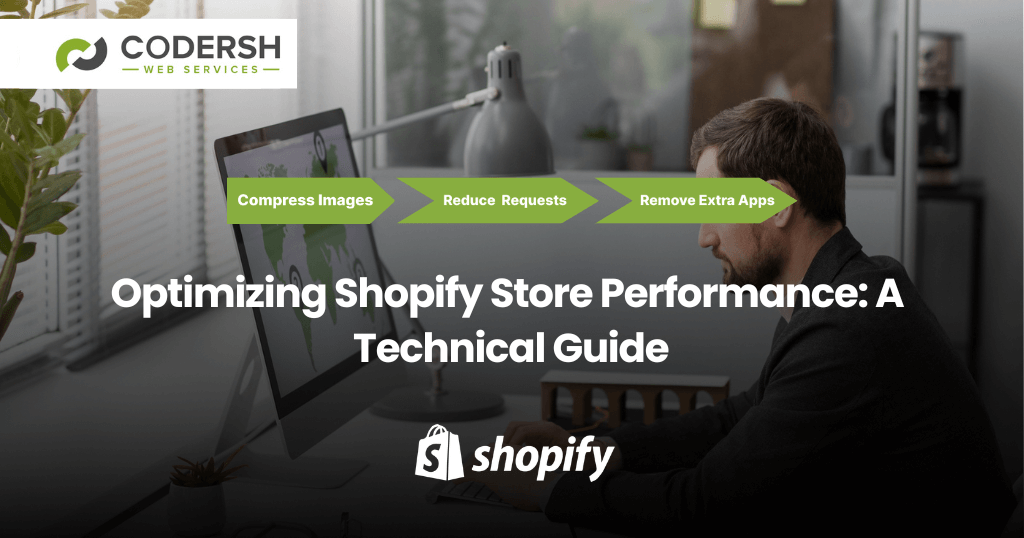Shopify Store UX Best Practices to Follow in 2023!

Introduction
The eCommerce experience is a complex one, but it doesn’t have to be. With the right planning, you can build an engaging and easy-to-use website that will help your customers find what they need quickly and easily. To create an effective eCommerce UX design for your business, follow these best practices:
The Best eCommerce UIUX Design Principles
When it comes to eCommerce UX design, there are some best practices that you can follow to make your site more user-friendly and effective for your customers.
- Design for mobile first. When designing an eCommerce site, focus on making sure that it works well on both desktop and mobile devices. This will help you keep up with the latest trends in terms of how people shop online (and avoid making assumptions about their behavior based on what they’ve done in the past).
- Use a consistent color palette throughout all parts of your site—from header images to product descriptions and copy-writing as well as design elements like buttons and icons—to keep things visually consistent across platforms; otherwise, visitors will get confused by any differences between versions of content or features within different screens within one interface framework (e.g., desktop vs tablet vs mobile).
- Keep checkout processes simple enough so users can complete purchases quickly but complex enough that they don’t feel overwhelmed at every turn along the way; this balance should ensure users have no trouble finding what they’re looking for while also ensuring security measures aren’t compromised unnecessarily during checkout process completion stages due potentially insecure security practices implemented by third-party vendors such as PCI compliance standards violation detection tools being used incorrectly!”
The Most Powerful Principle for an Effective User Experience
The most powerful principle for an effective user experience is to think of the user first. Your website should be designed around the needs of your users, not just your product or brand. You need to build a website that is easy to use, easy to navigate, and delivers what the user expects.
It’s important to remember that if you make it too complicated for people, they will find another site where they can get what they want quickly without having any problems navigating through all those pages on your site!
The Best eCommerce UIUX Designs for Mobile First
If your site is not mobile-friendly, you’re missing out on many potential customers. A survey from Shopify found that 60% of consumers look at their phones before making a purchase decision. When it comes to eCommerce sites, this number could be even higher!
Mobile first design principles help businesses ensure that their site works well on all devices and operating systems—even if they don’t have one in particular. Here are some things you can do:
- Make sure your website looks good at small resolutions (like 320 pixels wide).
- Avoid using large images with text overlays on them; instead, use smaller photos or graphics that show off what each item looks like in its natural state. The goal is not just to make everything look perfect but also easy to read so users won’t get frustrated by too much text or imagery when viewing items close up without having access to larger screens!
Make Your eCommerce Website User-Friendly
The goal of your eCommerce website is to provide a user experience that makes it easy for people to find what they are looking for and get the information they need. As a result, you should make sure that:
- It’s easy to navigate. Users should be able to find their way around your site quickly and easily without trouble. They should also be able to instantly understand how each page works by seeing familiar design elements throughout the entire site (for example clear navigation).
- It’s easy enough so that anyone can use it but difficult enough so that experts won’t feel overwhelmed by trying out new features or functionality. For example, if there are several different types of product categories on one page (like apparel), then perhaps these could be separated into different sections within each category page instead. This would allow users who want more detailed information about one type of product instead go straight there without having too much work involved just yet!
Build an Effective Product Page to Help Your Customers Find What They’re Looking For.
- Grid Layout
- Images and Videos: Customers love to see what their product looks like. Use high-quality images, videos, and GIFs to help them make a decision. For example:
- If you are selling a shirt that has an image of the shirt on it then use this as the main image on your website. The customer should be able to see how the shirt fits before they buy it without having to click through too many pages!
- Product Comparison Tool: This is another way of showing off how good your brand is! A great way is by creating a comparison tool where customers can see all different kinds of the products side by side so they can choose which ones suit them best or even shop around if there’s something else out there that suits them better than what we have available now.”
Make Your Search Function Helpful and Easy to Use.
The search function is one of the most important parts of your eCommerce site. It should be easy to use, find what you need, and understand how to use it.
If you want potential customers to visit your website and make a purchase, then they need to find what they’re looking for in no time at all!
To ensure that this happens:
- Make sure the search is easy – don’t make them struggle too much with trying to figure out how exactly something works; instead, give them clear instructions on what keywords or phrases would work best when searching. This will help increase conversions (and reduce bounce rates).
Use Consistent Color Palettes throughout Your Site to Create a Cohesive Look.
A consistent color palette is one of the most important aspects of creating a cohesive look. This concept can be applied to any design, but it’s especially powerful when it comes to eCommerce sites.
The most common way to create a cohesive brand is by using complementary colors. These pairs have opposite meanings and values so they’re unlikely to clash together in any meaningful way (and if they do clash, you’ll be able to spot them quickly). The most common examples are red-orange and green-blue; however, there are many other options available including yellow-purple or blue-violet combinations as well as more exotic ones like magenta/indigo/magenta (you get it now?).
Another good option is using monochromatic palettes that don’t contain any shades within them—this creates unity within your design while also helping maintain consistency throughout all areas such as hover states, etc. Monochromatic schemes can also help unite elements together visually so everything looks coherent when viewed together on screen at once rather than individually which helps avoid distractions from other elements around them.”
Keep the Checkout Process Simple and Flexible.
- Keep the checkout process simple and flexible.
- Make it easy to find the checkout button, shipping information, payment information, return policy, and privacy policy (if applicable).
Creating the best user experience for your customers starts with following some eCommerce UX best practices.
When it comes to user experience, eCommerce can be an uphill battle. It’s not just about making your site look good; it also has to feel good for customers. The best way to ensure this is by following some UX best practices.
When considering which areas of your eCommerce experience need improvement, you should consider:
- The role of user experience in eCommerce and the customer journey (e.g., how do they find their way around?)
- The importance of following best practices (e.g., mobile-first design) as well as creating a consistent brand identity across all channels/platforms (e-commerce).
Conclusion
In summary, these are the best eCommerce UX design principles that you can follow in 2023. These best practices are tested and proven to work for e-commerce sites all over the world. They will help your site to be more user-friendly and effective for every customer who visits it on any device or platform.



